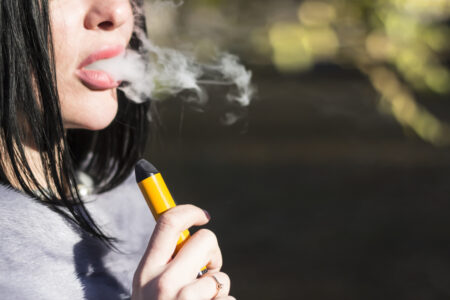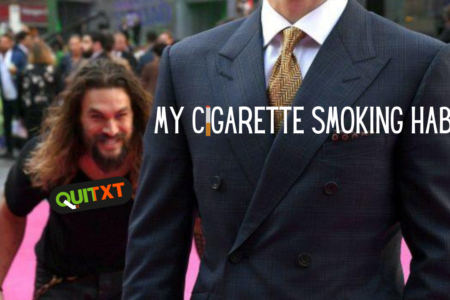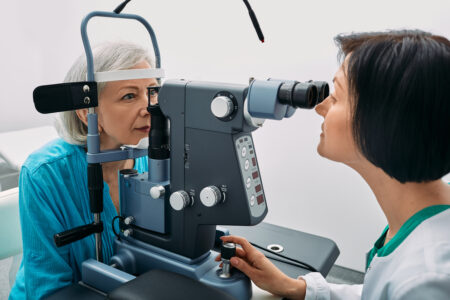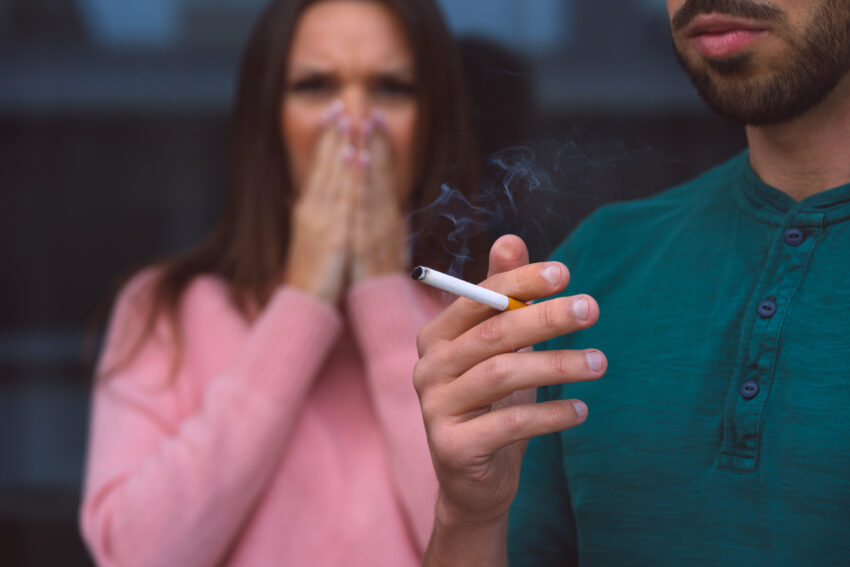
Share On Social!
Many know of the harms and health risks of smoking and secondhand smoke.
However, you may not have heard of thirdhand smoke, which is the chemical pollutants that linger and settle indoors after tobacco is smoked.
“The chemicals in thirdhand smoke include nicotine as well as cancer-causing substances such as formaldehyde, naphthalene and others,” according to the Mayo Clinic.
Policy gaps are failing to protect the public from thirdhand smoke, according to a recent study.
The study suggests that policies safeguard against thirdhand smoke even as they protect against secondhand smoke exposure by prohibiting indoor smoking in public places.
“While these measures have been instrumental in protecting public health, saving lives, and reducing health care spending by billions of dollars, the researchers say they lack critical safeguards against thirdhand smoke,” according to the recent study.
Let’s dig deeper into the researcher’s suggestions and how you can quit smoking!
How Does Thirdhand Smoke Impact People?
The recent study, led by researchers from Diego State University and the University of California, San Francisco, analyzed policies aimed to protect against thirdhand smoke.
Thirdhand smoke contains more than 250 chemicals.
The residue of thirdhand smoke is also hard to eliminate or “air out” and cannot be removed by opening windows, air conditioning, or traditional household cleaning.
“[Thirdhand smoke] adheres to surfaces, accumulates in dust, and infiltrates building materials, furniture, carpets, and clothing, allowing it to linger for years in buildings and cars even after the smoking has stopped,” according to the recent study.
Also, thirdhand smoke can be a health hazard for many, especially children and toddlers, who are often crawling and putting non-foods in their mouths.
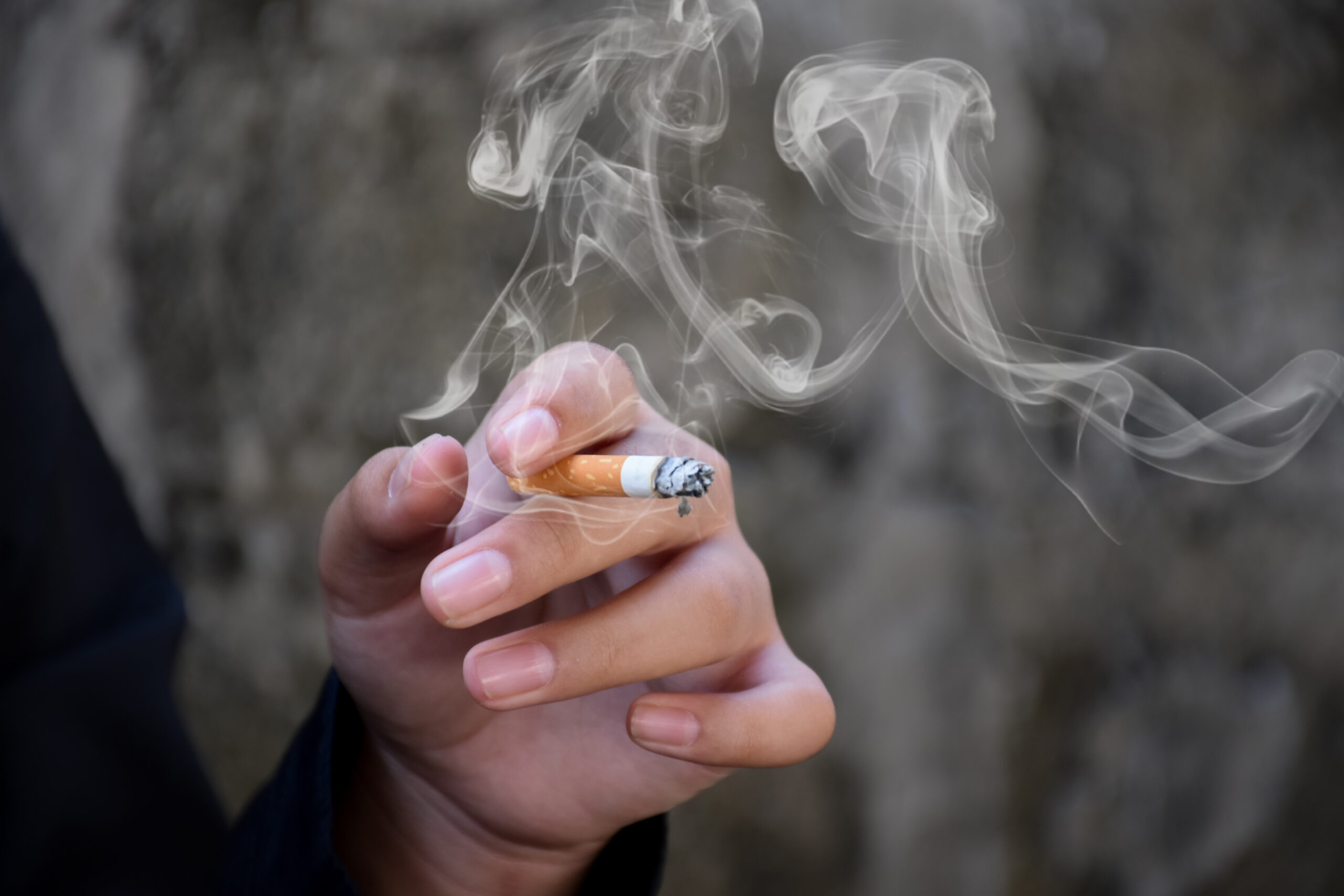
“Thirdhand smoke disproportionately affects already vulnerable populations, with children, older individuals and those with compromised immune systems most likely to be exposed,” according to the recent study.
This can deeply impact many Latinos who suffer disproportionately from health issues like diabetes and heart disease.
“The nicotine in tobacco smoke reacts with nitrous acid – a common component of indoor air – to form the hazardous carcinogens. Nicotine remains on surfaces for days and weeks, so the carcinogens continue to be created over time, which are then inhaled, absorbed or ingested,” according to the American Nonsmokers’ Rights Foundation.
How Can Policy Protect People Against Thirdhand Smoke?
Researchers from the Thirdhand Smoke Research Consortium recommend several policy changes in relation to public health, including:
- Redefine smoke-free as free of tobacco smoke pollutants from secondhand and thirdhand smoke.
- Adopt comprehensive indoor smoking bans and eliminate exceptions.
- Identify thirdhand smoke-polluted indoor environments.
- Remediate thirdhand smoke pollution.
“Only by including thirdhand smoke in our smoke-free policies can we fully protect people from the toxic legacy of tobacco use in indoor environments,” said recent study leader Georg Matt of San Diego State University.
You can also download the Salud America! action pack, “Help Your City Approve Smoke-Free Multifamily Housing.”
The action pack can help your city explore a smoke-free multifamily housing policy for common areas and individual units, to protect tenants and staff from secondhand and thirdhand smoke.
Quit Smoking Today with Quitxt!
Are you or someone you know looking to quit smoking?
Look no further than Quitxt!
Quitxt is a bilingual service from UT Health San Antonio and the Cancer Prevention and Research Institute of Texas that sends texts messages to smartphones to help South Texas adults quit smoking. Messages help with motivation to quit, setting a quit date, handling stress, and using nicotine replacement, if needed.
To join Quitxt in English, text “iquit” to 844-332-2058.
For Spanish, text “lodejo” to 844-332-2058.
“There’s no better time than now to stop smoking with help from Quitxt,” said Dr. Amelie Ramirez, director of Salud America! at UT Health San Antonio. “Quitting smoking is proven to improve your health, increase your life span, and save money.”
More than 1 in 5 Quitxt users fully quit smoking after completing the English version of the program, according to a 2017 study.
By The Numbers
24
percent
of Mexican American-nonsmokers are exposed to secondhand smoke

